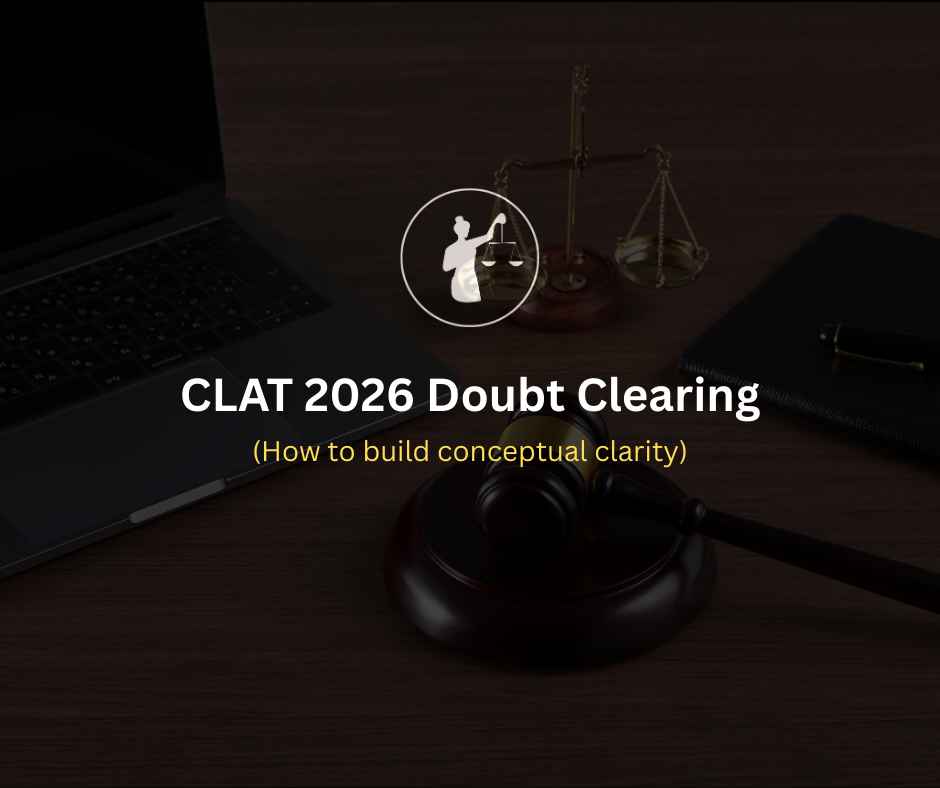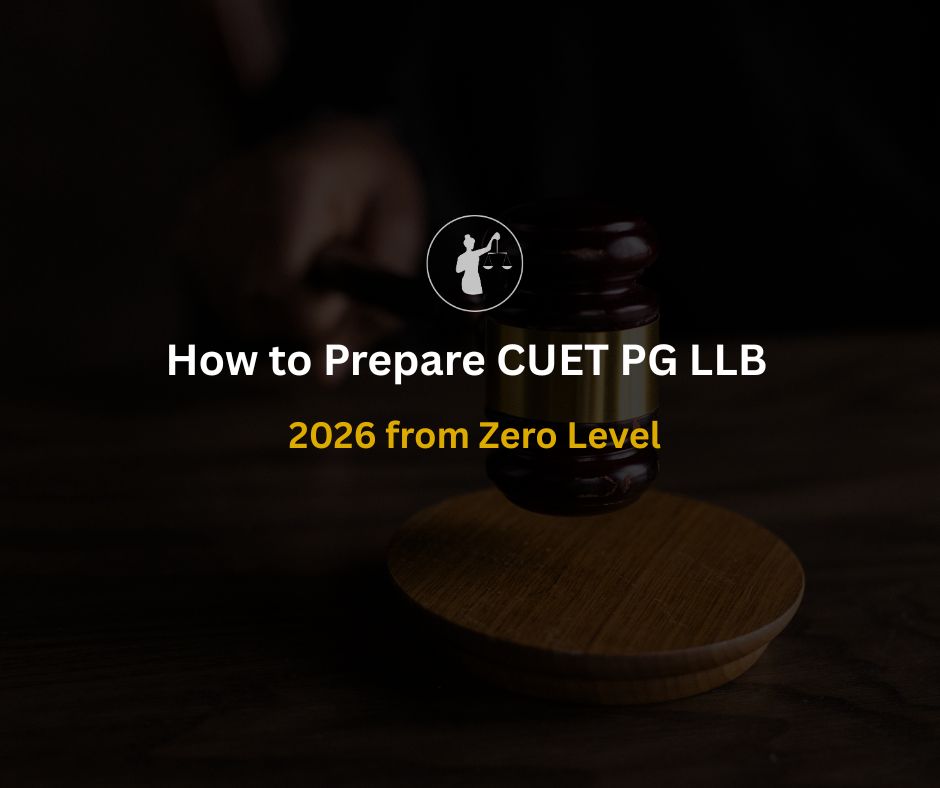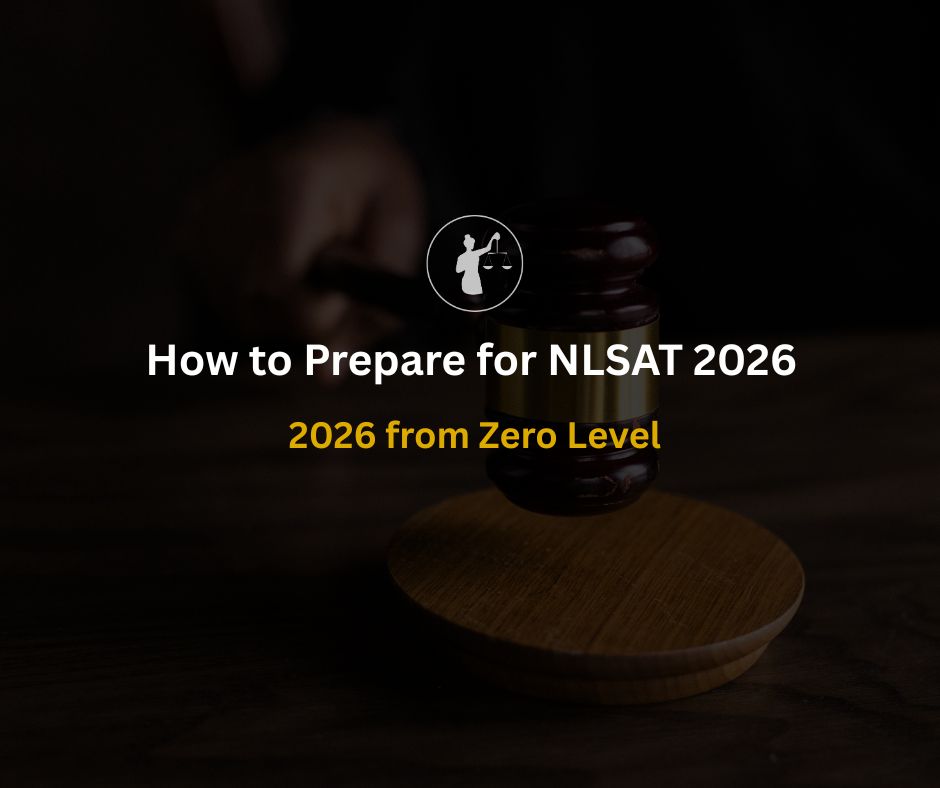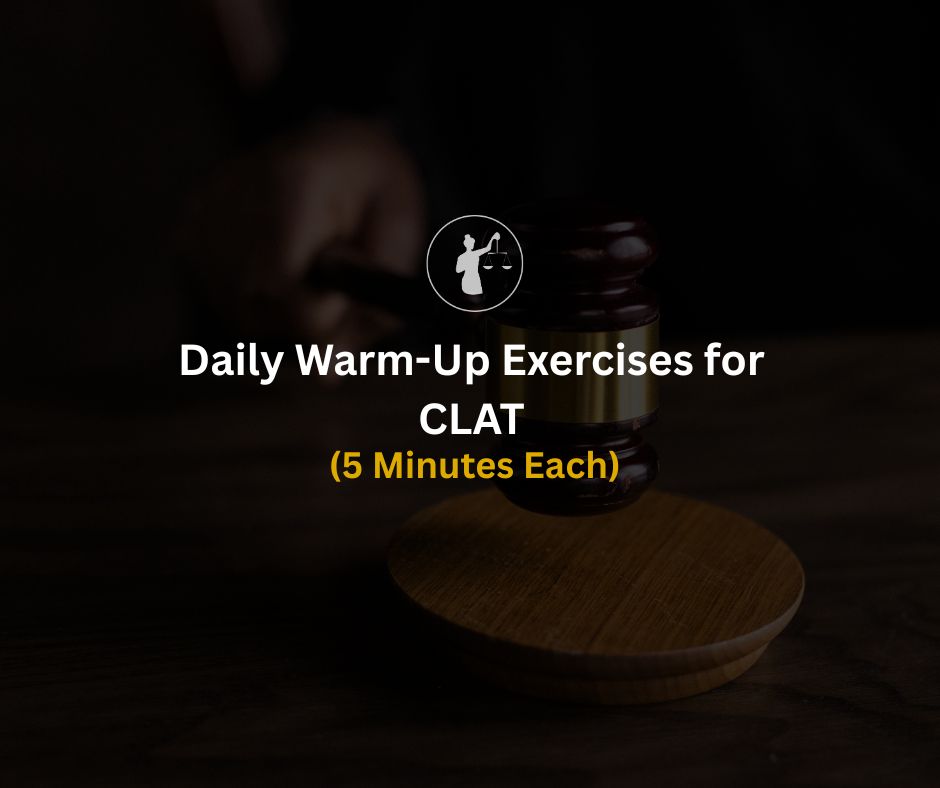
Summary- In the final stretch before CLAT, confusion becomes more dangerous than ignorance. Most aspirants don’t struggle due to lack of effort but because they never fix their root misunderstandings. This blog breaks down a system to resolve doubts in a high-yield, structured way, one that improves both speed and accuracy in every section.
Not all questions that confuse you deserve long attention. Classify your doubts to act smart:
Type 1: Conceptual gaps – Misunderstanding a principle, rule, or test-taking method.
Type 2: Application errors – You know the rule but can’t apply it under pressure.
Type 3: Awareness-based gaps – Missed a current affairs detail or static fact.
Type 4: Misreading/comprehension – Your interpretation of the passage or question was flawed.
Takeaway: Only conceptual and application doubts need deep review. Fact-based errors just need better revision.
Read More: CLAT 2026: 60-Day Smart Revision Plan for Success
While solving mocks and reading material matters, what separates top 100 scorers is how they fix mistakes. Here’s why structured doubt resolution boosts scores:
It converts one-time mistakes into permanent learning.
It prevents repetition of the same errors across mocks.
It improves confidence, reducing second-guessing.
Doubt clearing is essential in CLAT prep because it addresses hidden knowledge gaps, reinforces core concepts, and prevents recurring mistakes that can cost rank.
Step 1: Keep a dedicated digital or physical notebook
Divide it by subject. For each doubt, include:
Mock/Test name + date
Topic/section (e.g., Legal Reasoning – Torts)
What went wrong (in 1–2 lines)
Correct concept explained in your own words
1 extra question for reinforcement
Step 2: Color-code or tag the urgency
🔴 Needs mentor help
🟡 Revisit in 2 days
🟢 Resolved with clarity
Read More: CLAT 2026 GK Marathon: 3-Month Plan to Master Static & Current Affairs
Legal is the most common area for conceptual confusion. To fix legal doubts:
1. Identify the category – Contract, tort, crime, etc.
2. Revisit the principle – Don’t assume, re-read it from a trusted module.
3. Make a micro-map – Create a flowchart of how the principle applies.
4. Solve 2–3 similar questions – This is non-negotiable.
Pro Tip: Use reverse engineering. Look at the correct answer, then ask “What exact step did I miss in application?”
Getting a CA question wrong does not mean reading the whole monthly PDF again. Do this instead:
Maintain a “CA Misses” spreadsheet
Column 1: Headline/issue
Column 2: Missed detail
Column 3: Source for revisiting (e.g., PIB, Times of India, etc.)
Column 4: Related background (e.g., scheme origin, international group)
Add Weekly 20-question revision drills based only on your spreadsheet.
Track only what you miss, not everything. CA is memory + filtering. Target your blind spots, not the entire syllabus.
Read More: CLAT 2026 Registration: Step-by-Step Process
Many students think they're weak in RC, but often it’s either misinterpretation or rushing.
Fix it by:
Writing why each wrong option is wrong, not just why the right one is right.
Label each question type: Main idea, inference, tone, etc.
Create an RC error log: “I picked X because Y… but actually the line said Z.”
Mini Checklist for RC Clarity:
Are you skimming too fast?
Do you mix author view vs external view?
Do you confuse extreme vs subtle options?
Some doubts just don’t resolve with material alone. That’s when to:
1. Ask a mentor directly – Not a random senior or friend, but someone skilled in CLAT.
2. Post on a peer group (like Telegram/Reddit/Discord) with the question + your reasoning.
3. Try audio-visual learning – A short YouTube explanation sometimes works better than reading.
4. Move on temporarily – Come back in 48 hours and attempt again with fresh perspective.
When self-resolution fails, seek mentor guidance, use online peer forums, or revisit after a 48-hour break with fresh context.
Yes, but only if they’re recurring. Log every silly mistake and label the reason:
Misread instruction?
Missed “not” or “except”?
Time pressure confusion?
Make a “Mock Audit Table” once a week:
Actionable Insight: Silly mistakes are predictable. Once logged and labeled, they almost always stop.
After Every Mock: Review all incorrect + guessed questions.
Daily (20 mins): Review 3–5 doubts, even old ones.
Weekly (1 hour): Re-attempt the previous week's toughest 10 questions from your doubt log.
Pro Tip: Use Sunday as your “Concept Correction Day.” Revisit only the most persistent errors.
From interviews and Reddit/Quora prep stories:
Most top rankers didn’t aim to study more, they aimed to understand why they went wrong.
Many used self-made flashcards to reinforce fixed concepts.
Some used one trusted person (mentor or topper) to validate their thought process.
Toppers rarely clear every doubt alone. They find their go-to feedback channel and stick to it.
1. Spending 30 minutes per question – Efficiency matters.
2. Not writing the reasoning – Without writing, you won’t retain.
3. Re-reading material blindly – Passive review doesn’t fix logic gaps.
4. Fixating on outliers – If 19/20 went fine, don’t obsess over one trick question.
Fix: Focus only on high-frequency errors, not emotional frustration.
Notion/Google Sheets – For organizing doubts by subject and topic.
Reddit (r/CLATPG) – For discussion and alternative reasoning.
Telegram groups – For near-instant peer response.
Chat-based mentor platforms – If you have access, use it weekly.
CLAT isn’t just about studying hard, it’s about learning to think like a topper. The difference lies in how doubts are tackled. Top ranks aren’t earned by memorizing more, but by resolving exactly where your logic breaks, and improving it fast.
At NLTI, every student gets access to mentors who’ve cracked CLAT from the best law schools in the country. These aren’t just teachers. They walk you through your mocks, point out why you made a mistake, and how to fix your reasoning at the root.
In NLTI’s mentorship:
Toppers personally clear your doubts, not generic faculty
You learn to build a self-correcting thought process
Mock reviews are strategic, not just answer-key sessions
You gain the mental sharpness to avoid repeating errors
Instead of asking the same doubts on Telegram 50 times, you get clarity in one sharp session, with mentors who’ve lived the exam.
1. Can I clear CLAT doubts using only free YouTube videos?
You can start with free videos for quick clarifications, but for layered or repeated doubts, structured mentorship or expert feedback is more reliable.
2. Should I focus on clearing doubts or completing the syllabus first?
Both are essential, but if doubts block your understanding, pause and resolve them before moving forward. Otherwise, the learning becomes superficial.
3. How many doubts per day is normal during CLAT prep?
There’s no fixed number, but if you’re not logging at least 3–5 new doubts per week during active prep, you may not be pushing hard enough in mock analysis.
4. Are group discussions effective for doubt resolution?
They can be, but only when moderated or with equally serious peers. Avoid vague debates; focus on clear logic and solution steps.
5. Should I ask mentors every single doubt I have?
No. First, try resolving it yourself using reasoning or reference. Ask mentors only when you've attempted and failed to solve it independently.
6. Is it okay to move on from a doubt without resolving it?
Only temporarily. Unresolved doubts, especially conceptual ones, tend to repeat in different forms. Always come back to them.
7. Can doubt logs be maintained digitally, or should they be handwritten?
Either works. Digital logs (like Notion/Sheets) offer tagging and easy updates. Handwritten logs may improve memory through physical engagement.
8. Are silly mistakes considered doubts worth logging?
Yes, if they recur. Labeling silly mistakes helps prevent them. The goal is not just accuracy but consistent accuracy under pressure.
9. Should I revise old doubts again close to the exam?
Absolutely. Revisiting past doubts helps solidify conceptual corrections and ensures you don’t repeat old errors in the final mocks or exam.
10. Is there a best time of day to clear doubts?
Morning sessions are ideal for fresh conceptual clarity. Alternatively, reserve 20–30 minutes at the end of study blocks for doubt review.





